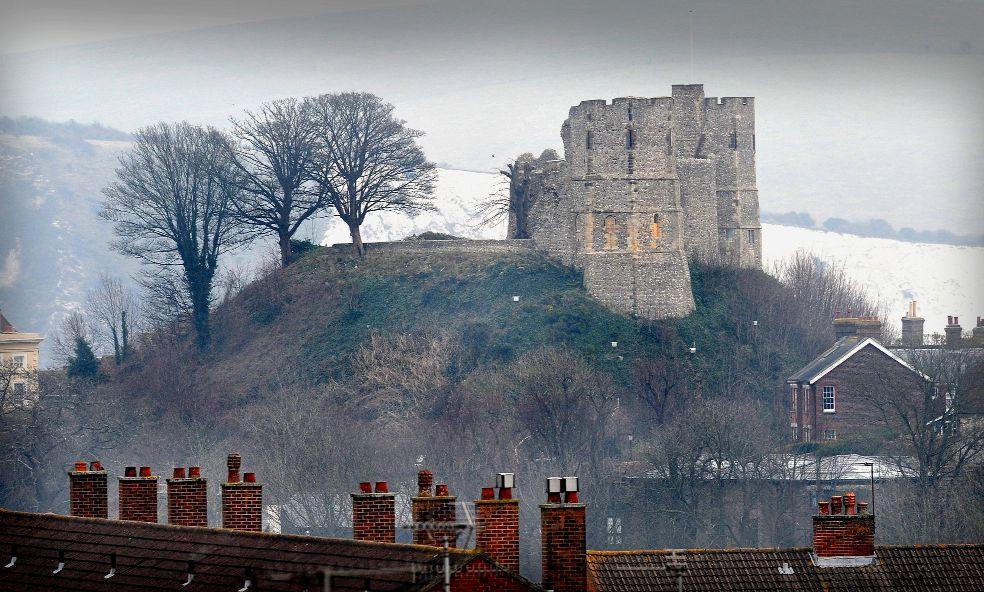Variety, as we know, is the spice of life, and in the Lewes district there is a spicy and life enriching variety of country town and small village, Saxon and Norman history and modern shopping facilities.
The area was a trophy awarded to William de Warrene, 1st Earl of Surrey for his role in the Norman Conquest and the subjugation of England.
The town played a pivotal role in the Second Barons’ War in 1264, when the forces of Simon de Montfort, Earl of Leicester, overthrew the army of Henry III.
The Earl’s army represented the increasingly-powerful gentry which sowed the seeds of Parliamentary government in its subsequent peace treaty with the monarch. But long before the Battle of Lewes in 1264, the strategic and geographical importance of Lewes was established.
It is believed King Alfred the Great built the first fortifications there in 890 and in the Tenth Century King Athelstan established a mint there, which is testimony to the importance and status of the town at the time.
The River Ouse, which at this time was navigable, made Lewes an important trading port.
Little remains of the once great Cluniac Priory of St Pancras, which was built by de Warrene, but there are ruins in Southover High Street and Priory Street. Larger than Chichester Cathedral and adorned with the best sculpture of its time, it boasted double transepts and additional chapels.
The de Warennes continued to control the castle until the last of the family died in 1347.
With the demise of the de Warennes went much of Lewes’ prosperity but it had recovered by Tudor times.
Many distinguished figures have lived in Lewes over the years, including Tom Paine, whose writings inspired the revolutions in France and America. Paine used to lead the discussions at the Headstrong Club in the White Hart Hotel. The group was reformed in 1987 and meets at the Elephant and Castle in White Hill.
Another famous resident was Dr Richard Russell who, in 1750, “discovered” the therapeutic value of sea bathing and helped turn the nearby coastal village of Brighthelmstone into the thriving resort of Brighton.
Today, Lewes is an affluent and attractive county town. It has many fine Georgian buildings and welcomes tourists from all over the world who visit the castle and explore the town’s winding streets.
Lewes retains strong links with its past, most notably with the annual bonfire celebrations which mark the first Protestant martyrdoms under Mary Tudor.
The town suffered horrendous devastation in October 2000 when the River Ouse burst its banks, flooding homes and businesses. The cost of repairs ran into millions of pounds and an appeal to help victims of the flood brought donations and support from all over the world.
But the flood seems to have hardly dented the reputation of Lewes as a popular place to live and work. Much has been done to prevent a repeat of the disaster.
Despite the flooding and the damage it caused to numerous households in the district, the demand for residential property in the Lewes area remains.
Local Schools:
Pells C of E Primary School, Landport Road, 01273 476708.
Priory School, Mountfield Road, 01273 476231.
Ringmer Community College, Lewes Road, Ringmer, 01273 812220 St Pancras RC Primary School, De Montford Road, 01273 473017.
Southover C of E Primary School, Potters Lane, Southover, 01273 473015.
Wallands County Primary School, Gundreda Road, 01273 472776.
South Malling C of E Primary School, Church Lane, 01273 473016.
Western Road Community Primary School, Southover High Street, 01273 473013.




Comments: Our rules
We want our comments to be a lively and valuable part of our community - a place where readers can debate and engage with the most important local issues. The ability to comment on our stories is a privilege, not a right, however, and that privilege may be withdrawn if it is abused or misused.
Please report any comments that break our rules.
Comments are closed on this article.